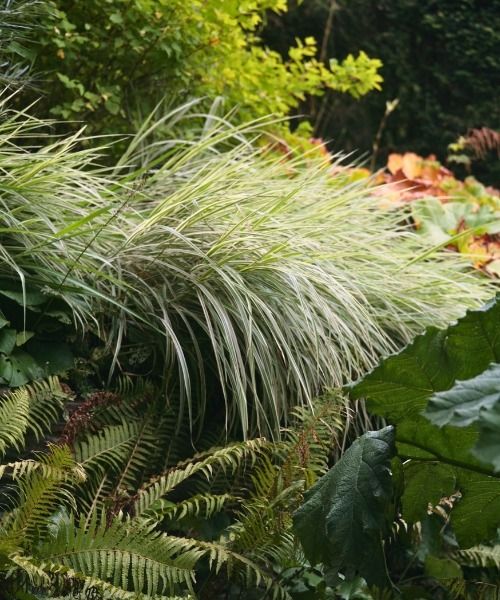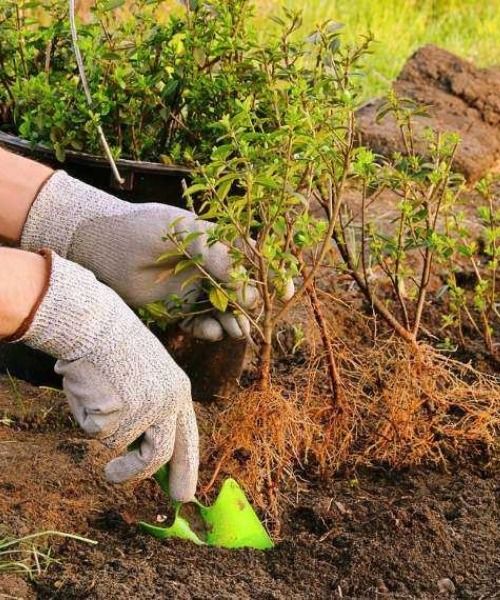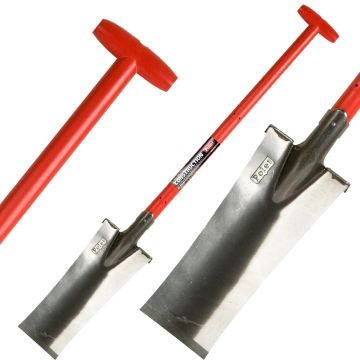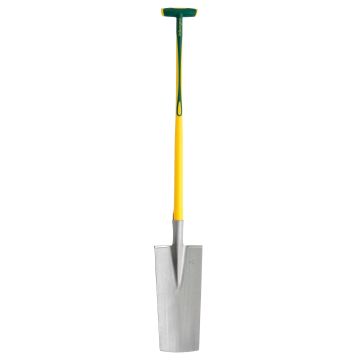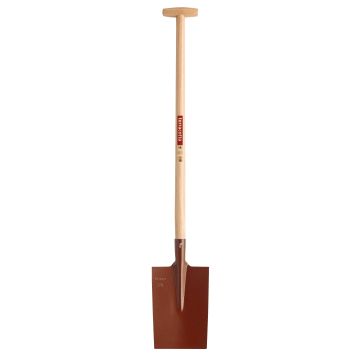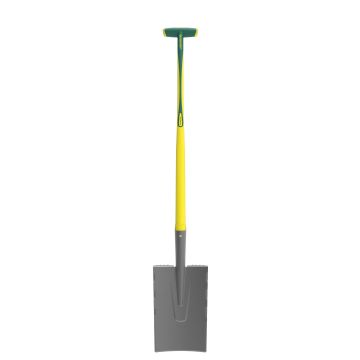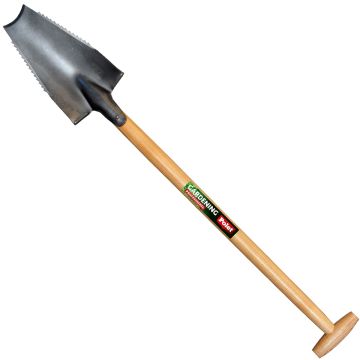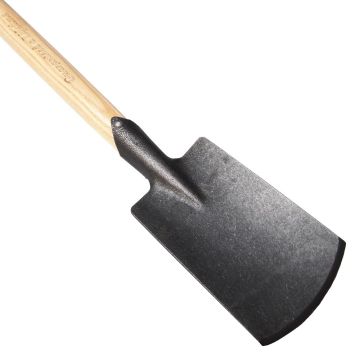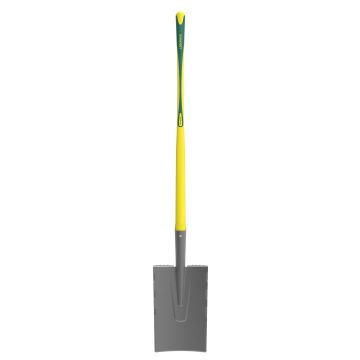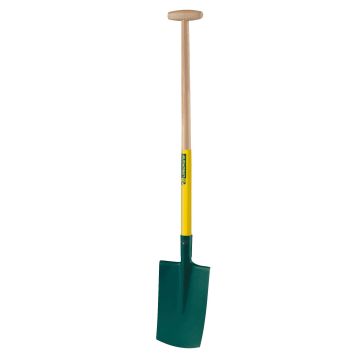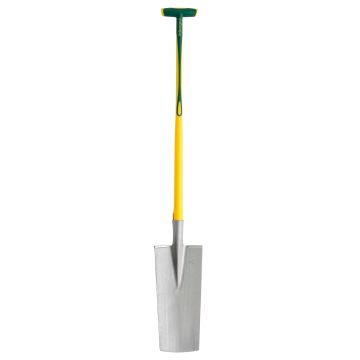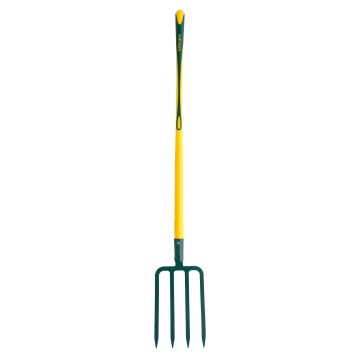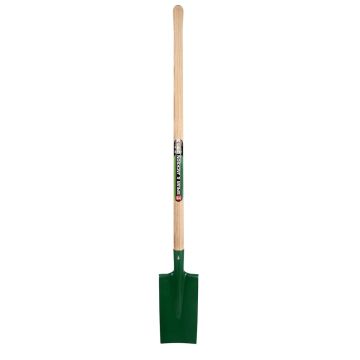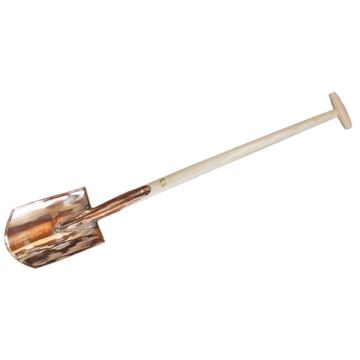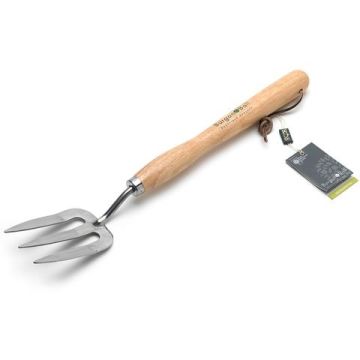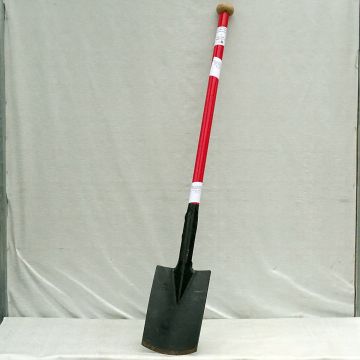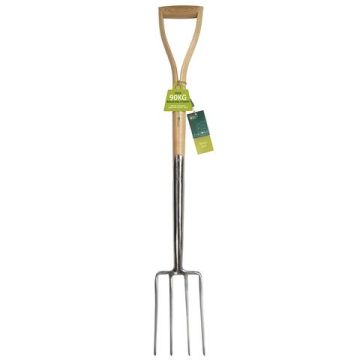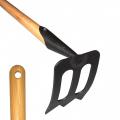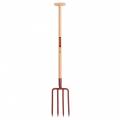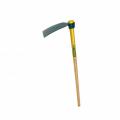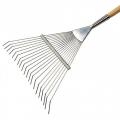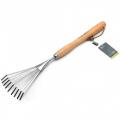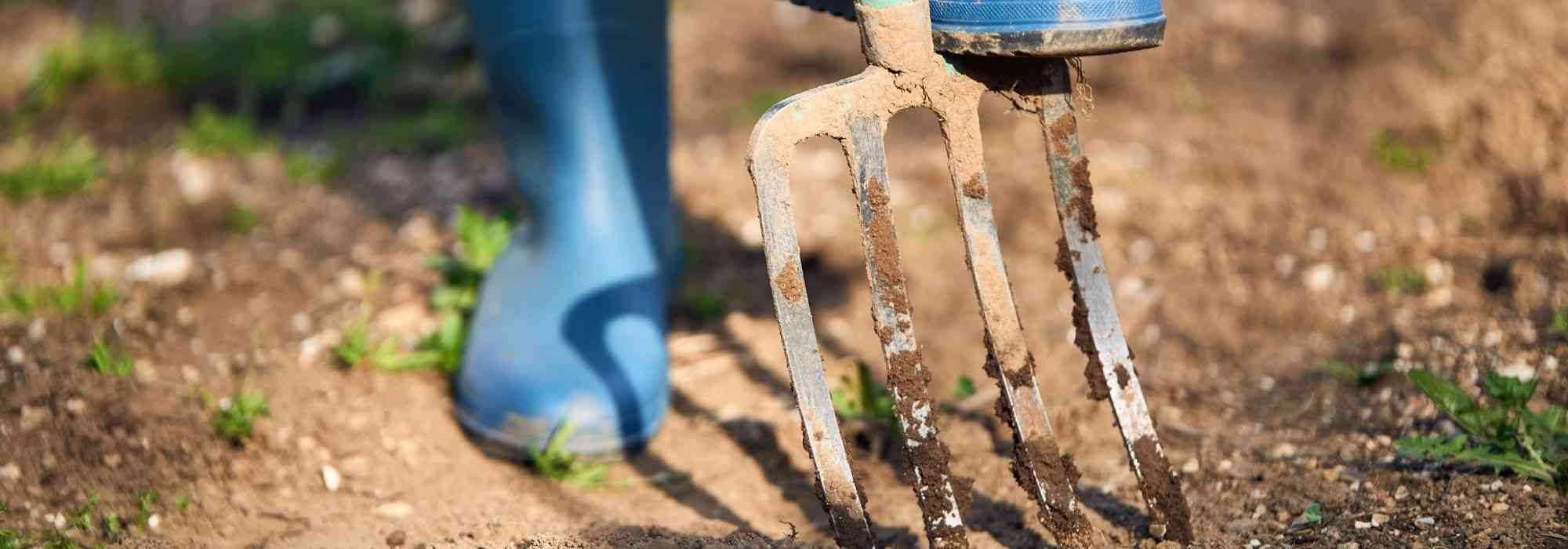Spades, shovels, and forks
Does this plant fit my garden? Set up your Plantfit profile →
Available in 1 sizes
Available in 1 sizes
Available in 1 sizes
Available in 1 sizes
Available in 1 sizes
Available in 1 sizes
Available in 1 sizes
Available in 1 sizes
Available in 1 sizes
Available in 1 sizes
Available in 1 sizes
Available in 1 sizes
Available in 1 sizes
Available in 1 sizes
Available in 1 sizes
Available in 1 sizes
Available in 1 sizes
Available in 1 sizes
Available in 1 sizes
Available in 1 sizes
Available in 1 sizes
Available in 1 sizes
Available in 1 sizes
Available in 1 sizes
Available in 1 sizes
Available in 1 sizes
Available in 1 sizes
Available in 1 sizes
Available in 1 sizes
Available in 1 sizes
Available in 1 sizes
The spade is an essential and well-known tool for lifting, turning, loosening and crumbling the soil in depth. The spade, with its sharp edges, is also used to dig, cut roots, or uproot certain vegetable plants.
The spading fork, on the other hand, is a garden tool designed for intensive work in lightly stony and heavy soil. It is actually a spade with a long, narrow blade used for precision and heavy soil preparation work such as in the case of clay. It is also used by some gardeners to uproot trees or bushes with substantial root systems.
The digging fork is designed to loosen and crumble the soil at depth. It is much better suited than the spade for working with clay or heavy and compacted soils. It allows you to loosen the soil without turning it over, simply by dislodging it with the teeth. Unlike the spade, this garden tool does not disturb the soil's microbial life and does not cut earthworms. It allows you to uproot weeds, but also certain vegetable plants or to divide large clumps of perennial plants.
Haven't found what you were looking for?






























